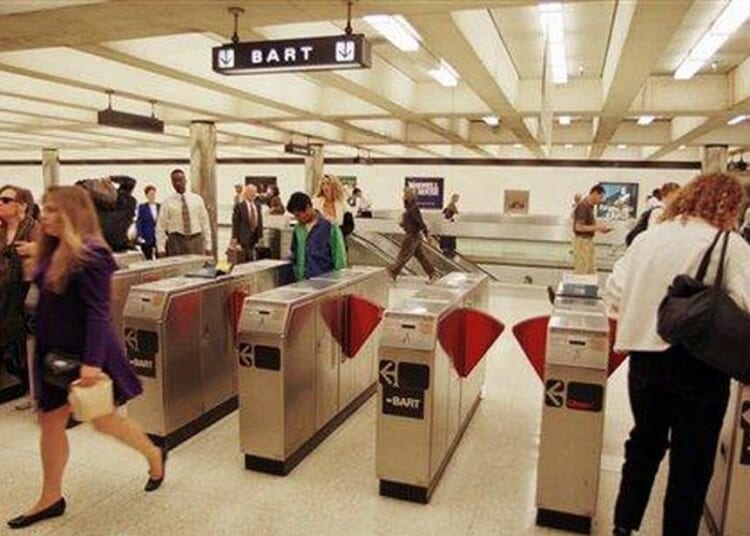It’s not just the state of California that is facing a big budget deficit. San Francisco’s own projected deficit keeps growing. Just last month, Mayor London Breen announced she was looking for a 10% budget cut to deal with a projected deficit of $800 million.
City budget officials have projected a deficit of $800 million over the next two fiscal years, with spending expected to significantly outpace revenue. The shortfall reflects increased spending alongside high office vacancies, stagnating tax revenue, increasing disputes over business taxes and dwindling federal aid tied to the pandemic, according to the Mayor’s Office.
Breed is directing departments to propose 10% reduction in spending from the city’s General Fund and an additional 5% for “contingency,” according to a summary released by the Mayor’s Office Tuesday.
The city’s estimated $800 million deficit includes shortfalls of $245 million in the upcoming fiscal year, which ends in 2025, followed by $554 million in the following year.
That was bad news but here we are a month later and the latest projection shows the deficit could be nearly double the previous estimate by 2027.
“This is not going to be a positive presentation today. We’re in a tough spot,” said Anna Duning, Mayor London Breed’s budget director, before laying out the soaring deficit forecast.
The fiscal year beginning this July will bring a $245 million deficit, with a $555 million shortage expected the following year. If the city doesn’t take corrective action, according to forecasts, that shortage will grow to a nearly $1.4 billion deficit by 2027.
The deficit is being driven by two things at once. First there are rising wages and second the city’s revenue has dropped significantly thanks to declining tourism and office vacancies.
The snowballing shortfall is primarily caused by once-reliable streams of revenue — namely, taxes generated by tourism and a once-thriving downtown — sputtering amid the post-pandemic recovery…
The pandemic-induced changes to in-person work — with many companies now adopting remote or hybrid policies — have spurred a dramatic decline in the downtown office market, reaching a vacancy rate of more than 30%.
With that drop in demand, downtown office buildings have hemorrhaged value. The City has seen a stark rise in the number of property owners appealing The City’s assessment of their property value, which, if lowered, reduces the amount of property tax they are required to pay.
The revenue generated by the transfer tax — paid when a building is sold from one owner to another — has also dropped precipitously, reaching its lowest point since 2011.
This is exactly what the doom loop concept predicted could happen. It’s not just one bad thing happening it’s the potential for a feedback loop. Declining downtown leads to declining city revenues which necessitates budget cuts which leads to further declines in safety and services downtown which leads to further declines in business and tourism and so on.
The one critical element in all of this for a city like San Francisco is the public transportation system which is currently on life support from state coffers. Now that San Francisco is facing a $1.4 billion deficit over the next three years, there is no way it can continue to spend money on half-empty BART trains. And because the state is also facing a deficit San Francisco won’t be able to get the money from Sacramento the way it did last year. But once the finances of the public transportation system collapse that could be the end for downtown, at least in the near term.
The BART system has been installing new fare gates to limit fare evasion. They are also talking about keeping stations cleaner and trains needing less maintenance which is code for fewer homeless people. It’s a good step but it won’t bring ridership back to pre-pandemic levels, not when there’s a 36% commercial vacancy rate downtown.
As I’ve said before, I think SF will recover from this eventually but today’s news is one more indication that we still haven’t reached the bottom of this doom loop yet. In fact the decline could get a lot worse before it gets better.

